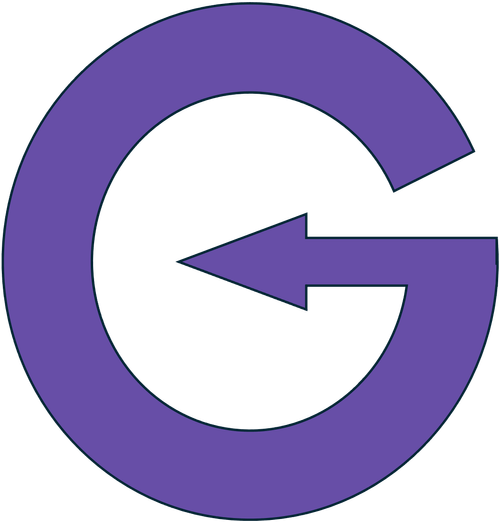Molecular Classification
Cell Fragment, Blood Cell, Non-canonical target
Other Names
Activated Thrombocyte
Disease Roles
Activated Platelet Overview
Activated platelets are blood cell fragments that have undergone a transformation in response to vascular injury or other stimuli, shifting from a resting state to an active one. This activation is central to hemostasis (the process of stopping bleeding), thrombosis (clot formation), inflammation, and immune responses. They initiate and propagate clot formation by adhering to damaged blood vessels and aggregating, release granule contents to recruit more platelets, and contribute to wound healing and inflammation.
Mechanism of Action
Inhibition of platelet activation pathways (e.g., COX-1 inhibition, P2Y12 receptor blockade)
Biological Functions
Hemostasis
Thrombosis
Inflammation
Immune response
Wound healing
Cell aggregation
Disease Associations
Thrombosis
Cardiovascular disease
Stroke
Inflammation
Atherosclerosis
Safety Considerations
- Increased bleeding risk
- Thrombocytopenia
- Drug resistance
Interacting Drugs
Aspirin
Clopidogrel
Fibrinogen
von Willebrand Factor
Associated Biomarkers
| Biomarker |
|---|
| Platelet aggregation assays |
| P-selectin expression |
| Thromboxane A2 levels |
| GPIIb/IIIa expression |
 Gosset
Gosset